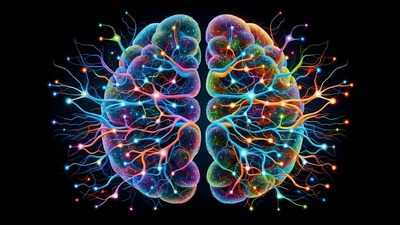
Scientists create brain map that could decode human consciousness
22 Apr 2025
Chinese and French researchers have developed a detailed map of the claustrum in the crab-eating macaque's brain.
The claustrum is a thin sheet of neurons and supporting cells that connect to different parts of the brain, including the cerebral cortex and subcortical regions like the hippocampus.
This area is thought to play a major role in consciousness, sleep regulation, depression, behavioral engagement, and cognitive control.
Mapping nerve cell connections in the brain
Research findings
The research team has mapped the connections between nerve cells in the macaque claustrum and other parts of its brain.
This comprehensive blueprint could shed light on how this region and its various cell types contribute to cognitive functions such as memory integration and abstract thinking.
The study also identified significant structural and cellular differences between macaque and rodent claustrums, potentially providing insights into the evolutionary mechanisms behind consciousness.
'Atlas' of macaque claustrum's cellular organization
Research publication
In a paper published in the peer-reviewed journal Cell earlier this month, the research team wrote, "A single-cell spatial transcriptome atlas and a whole-brain connectivity map of macaque claustrum are generated."
The work offers an unprecedented glimpse into the cellular organization of this brain region.
Despite its known role in orchestrating brain functions through connections with many regions, its molecular and cellular organization have remained poorly understood until now.
Findings could reveal why human awareness differs from other beings
Implications
These findings may offer clues about the evolutionary mechanisms behind consciousness and why human awareness differs from that of other animals.
Understanding the claustrum's role in orchestrating brain functions could have implications for studying cognitive disorders and developing targeted therapies.
As research progresses, this blueprint may serve as a foundation for exploring how consciousness arises from neural activity